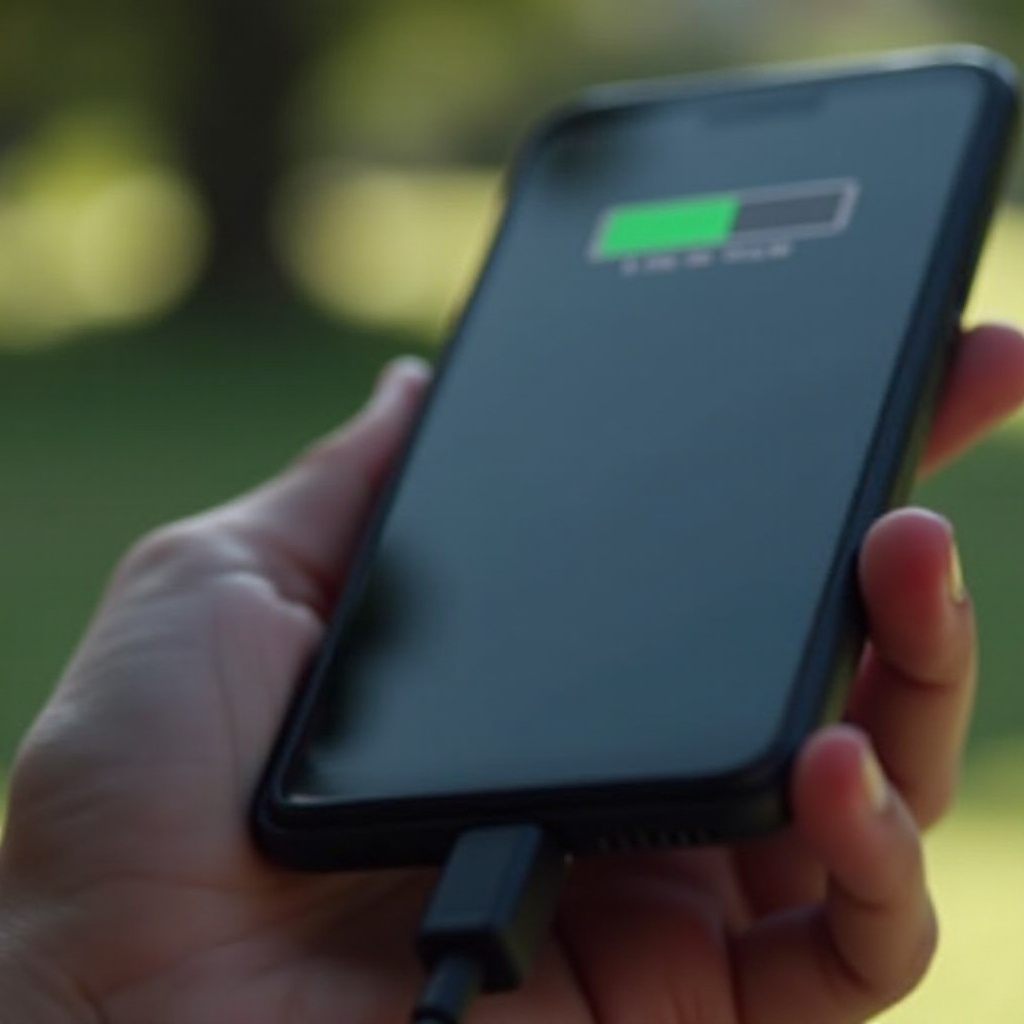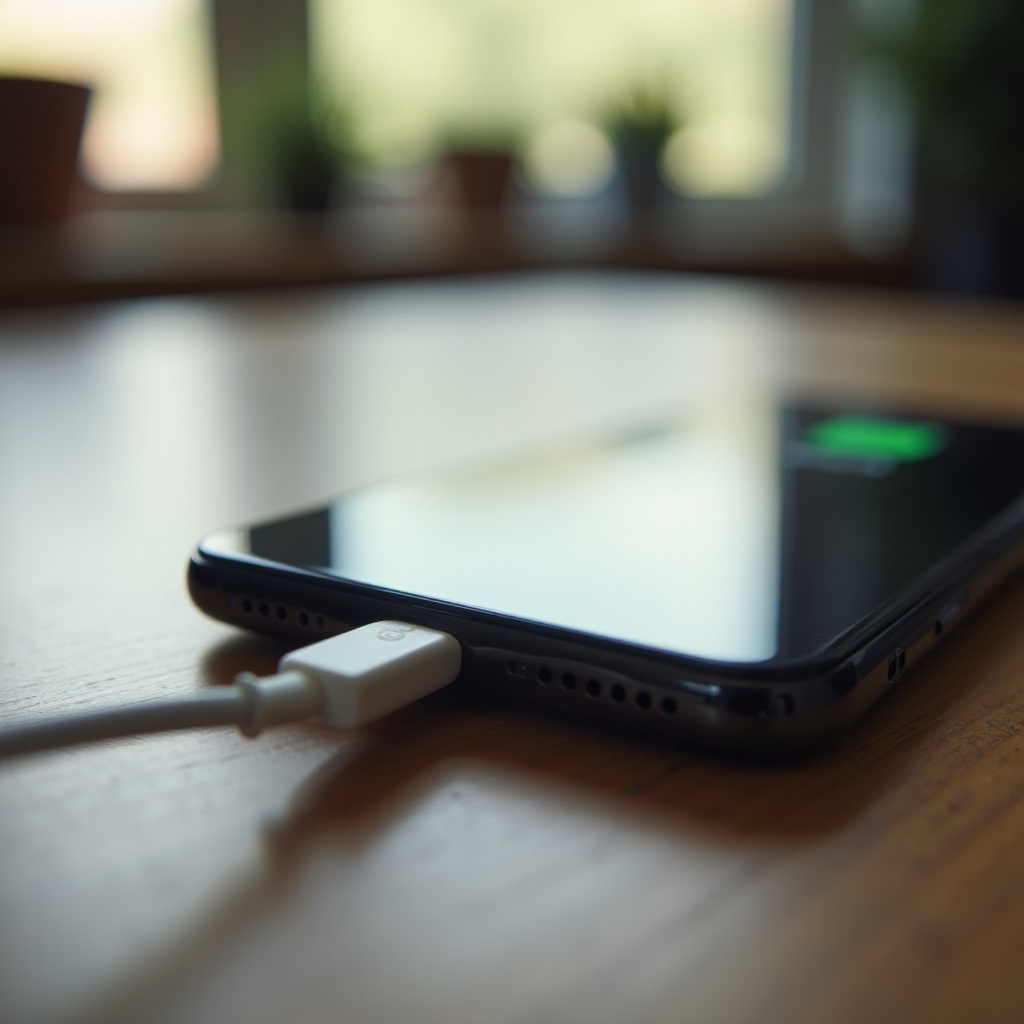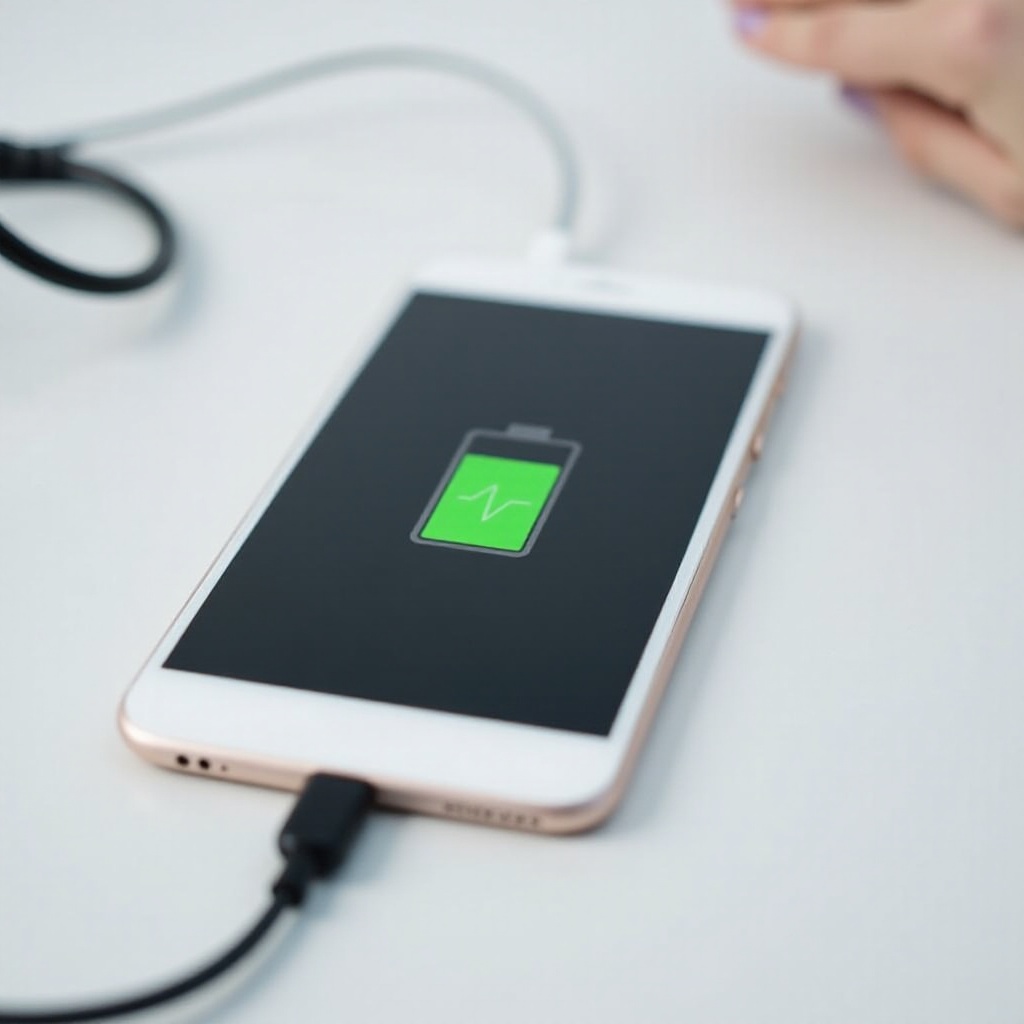Introduction
Finding that your Android phone is not charging can be frustrating. This guide will help you understand the common reasons behind this issue and provide effective solutions to get your device back to charging properly. Let's dive right into the problem and explore the various fixes you can try at home.

Common Hardware Issues
Hardware problems are often the culprits when an Android phone stops charging. These physical issues can usually be identified and fixed with relative ease.
Faulty Charging Cable
- Inspect your cable for any signs of wear and tear. A damaged cable can easily prevent your phone from charging.
- Try using a different USB cable to see if your phone charges. If it does, you know the cable was the issue.
Damaged Charging Port
- Check the charging port on your phone to see if there's any lint or debris trapped inside. Clean it carefully with a small brush or toothpick.
- If the port is loose or visibly damaged, it might need professional repair.
Using Incompatible Chargers
- Ensure you are using the charger that came with your phone, or one that's compatible with your device specifications.
- Chargers with different voltage outputs can prevent proper charging or even damage your phone.
Hardware issues can be straightforward, but if your phone still isn't charging, you might need to consider software-related problems.
Software-Related Problems
Sometimes, the problem lies within the software of your Android device, which can interfere with its ability to charge properly.
Android System Glitches
- Restart your phone. This simple step can clear minor software glitches that may be affecting the charging process.
- If restarting doesn’t work, try resetting the software settings to default without erasing your data.
Background Apps Draining Power
- Close all the apps running in the background. Apps can consume power even when not in use, affecting the charging process.
- Go to Settings > Battery > Battery Usage to see which apps are using the most power and consider uninstalling or limiting their background activity.
Outdated Software
- Ensure your Android operating system is up to date. Software updates often come with power management improvements.
- Go to Settings > System > System updates to check for and install any available updates.
Software updates and managing background apps can often resolve charging issues. If your phone continues to have charging problems, it's time to check the battery itself.
Battery Health and Issues
The health of your battery can significantly impact your phone's ability to charge and hold a charge.
Depleted Battery Health
- Batteries degrade over time. If your phone is a few years old, its battery might need replacing.
- Use apps or built-in diagnostics to check the health of your battery. If it's significantly degraded, consider getting it replaced.
Charging Cycles
- Smartphone batteries only have a certain number of charging cycles before they start wearing out.
- Avoid unnecessary recharging. Let your phone's battery drain to around 20-30% before recharging to extend its lifespan.
Ensuring Optimal Battery Performance
- Avoid exposing your phone to extreme temperatures, which can affect battery performance.
- Use optimized charging options available on some Android devices to protect battery health.
If battery health is not the issue and you've tried replacing the battery without success, consider advanced troubleshooting tips.

General Troubleshooting Tips
Besides the basic checks and fixes, there are additional troubleshooting steps that can help revive your phone's charging capability.
Cleaning the Charging Port
- Use a can of compressed air or a soft brush to gently clean out the charging port. Dust and debris can obstruct the connection.
- Avoid using sharp objects that could damage the port's internal contacts.
Checking Wall Sockets and Power Sources
- Ensure the power source is functioning. Test your charger on a different outlet or try charging another device to rule out socket issues.
- Consider using a different power adapter to see if the problem lies there.
Safe Mode Check
- Restart your phone in Safe Mode to see if a third-party app is causing the issue. In Safe Mode, only the essential apps run.
- If your phone charges in Safe Mode, uninstall recently installed apps that might be causing the problem.
When you've exhausted these troubleshooting steps, it may be time to seek professional assistance.

When to Seek Professional Help
Persisting charging issues despite your best efforts could indicate a deeper problem that requires professional repairs.
Identifying Persistent Problems
- If your phone has visible internal damage or continues to malfunction despite troubleshooting, professional help is necessary.
- Look for signs like overheating, battery bulging, or unexplained shutdowns.
Finding Authorized Service Centers
- Consult your phone's official support and service center to ensure genuine parts and trained professionals handle the repair.
- Avoid third-party repair shops unless absolutely necessary, as unauthorized repairs can void warranties and cause further issues.
Professional help should be sought when the problem persists beyond basic troubleshooting and self-repair.
Conclusion
By now, you should have a clearer understanding of the reasons behind your Android phone not charging and the steps you can take to troubleshoot and fix the issue. Always prioritize using genuine parts and accessories to prevent hardware damage and ensure your device remains in optimal condition.
Frequently Asked Questions
Why does my phone only charge when turned off?
This could be due to software issues, too many background apps, or a malfunctioning battery. Charge it in Safe Mode to diagnose if third-party apps are causing the problem.
Can a software update fix my charging issues?
Yes, updating your software can fix bugs and glitches that might be affecting your phone's ability to charge properly.
How often should I replace my phone’s battery?
Typically, smartphone batteries last 2-3 years before their performance starts to degrade. Replacing the battery every two years can help maintain optimal performance.
